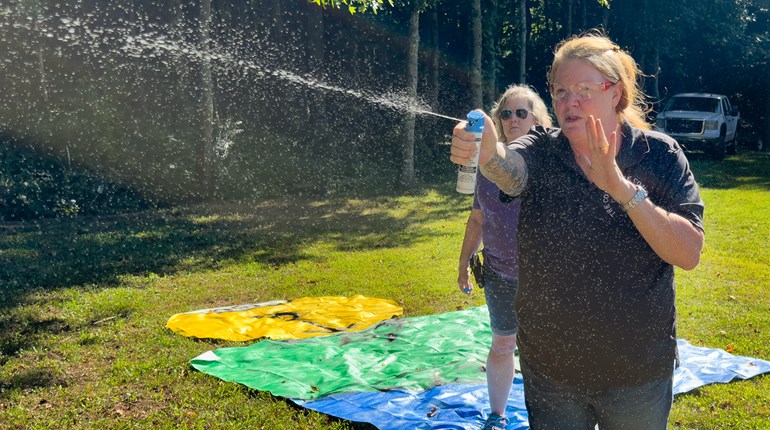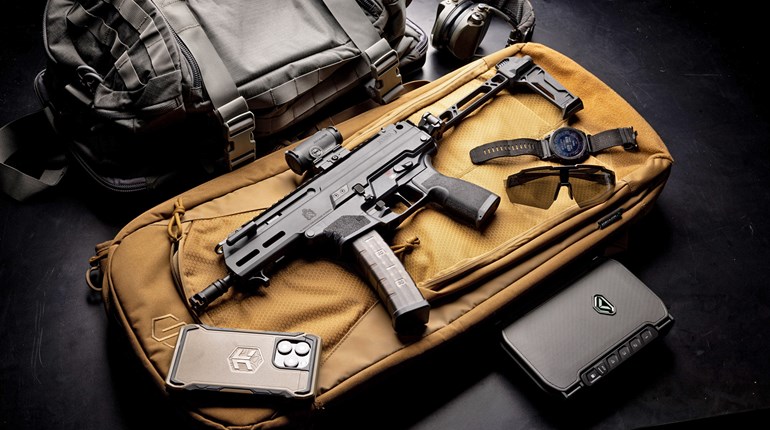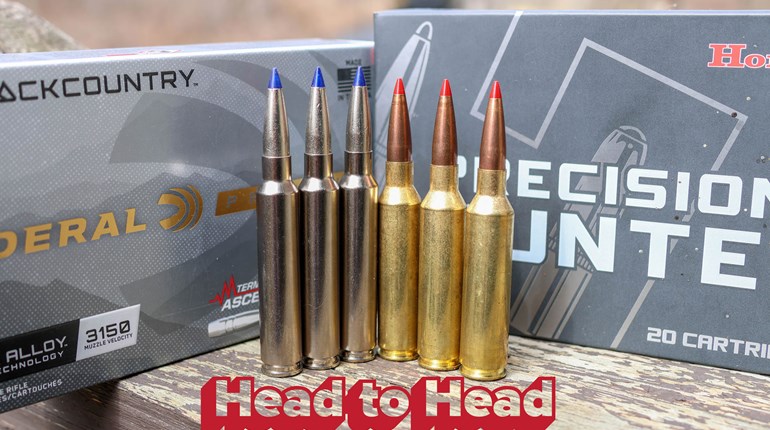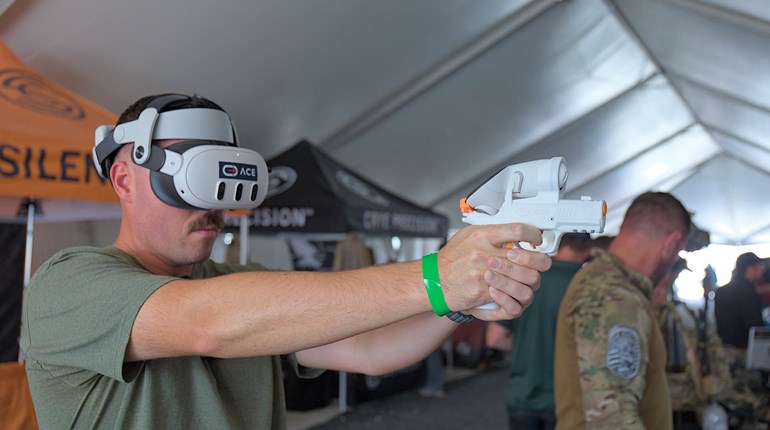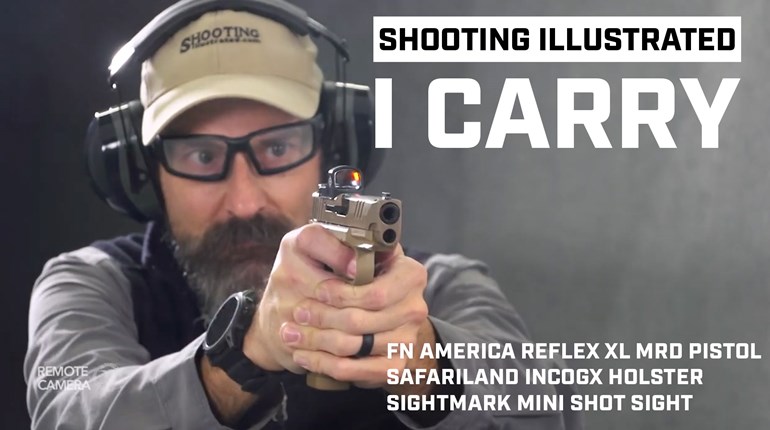
Today, we are going to dive into the meaning of the words “transitional spaces” and see how they work in real life. First, let’s start off with a definition of transitional spaces when used in the self-defense world as well as understanding how quickly things can happen.
Transitional spaces are uncontrolled places between two static areas where we are vulnerable to criminals. Transitional spaces cannot be avoided: we have limited sight and we are usually within an arm’s reach of others.
A study from Newcastle University lists three types of transitional spaces, all of which are important to understand for self preservation.
- Transition spaces between two destinations: Entrances are the important transitional space for any two distinct spaces. They are the ones that interlink but also separate spaces with the same function, such as one-way doors.
- Transition spaces between two static spaces: These spaces are typically used to connect two or more spaces. Common examples include courtyards, verandas, corridors, staircases and ramps. These have several ways in and out.
- Transition spaces between nature and built form: The concept of the backyard has opened new opportunities for connecting with nature and environment. There is a wide range of spaces that connect humans, dwellings and nature, from a basic semi-open enclosure in the gardens to intricate pavilions and trellis. Besides these direct connecting places, balconies and terraces have also served as an indirect link to nature and the outside world.

How Quickly Can Things Happen?
Very, very quickly. Image you are tossing a football back and forth with a friend. You are roughly 3-4 car lengths (40 to 50 feet) away from each other, so there is little “time pressure” to catch the ball. You have time to move forward, backwards or to the side in order to make a good catch. Now move a little closer so you are under two car lengths from each other. Now when the ball is thrown, you are starting to feel the pressure. You still have some time to move forward, backwards or to the side in order to make a good catch but you need to be super quick about it. Let’s shorten the distance between you and your friend to one car length. Here you can feel the pressure, and speed, of that ball coming at you and if you are not prepared, you are going to get nailed. And lastly, move a little closer. So close that you could lean in and shake their hand. Now, throw the ball. The ball is moving so fast that you have no time to move out of the way. You are getting hit so now, it’s time to manage what happens next. This last zone has similarities to a transitional space.
Scenario Time:
1. You have paid for your groceries, they are bagged and in your cart, and you are heading towards the automatic doors. The threshold between the interior space and the exterior space is the transitional space. Most people will leave the building, look to see where they parked and head that way, but not you. You know a violent criminal could be lurking just outside the doors. You do not go blindly through that space. You think about how you want others to perceive you with your body language, you look both ways as you pass through and you have a plan. You care about what or who is closest to you because that is the immediate threat due to distance. Once you have established that there is no one on either side of the door in that transitional space, you can now look for your car, always moving your eyes from near to far. You understand that once you are in your car and it is locked, you are much safer.
 2. You live in an apartment building that has a handful of units and you are going to a pool party at your complex. You grab your pool bag, lock your apartment door and are walking to the locked apartment building door that will put you outside onto a sidewalk. This is a transitional space. Most people would be distracted with their bag and keys so they barrel through the spaces without a care in the world all the while a violent criminal could be less than arm's length away on the other side, but not you. You understand boundaries so you have readily accessible pepper spray, you remember the steam on that ball speeding towards your face and that you need to pay attention to what is closest to you because that is your immediate threat.
2. You live in an apartment building that has a handful of units and you are going to a pool party at your complex. You grab your pool bag, lock your apartment door and are walking to the locked apartment building door that will put you outside onto a sidewalk. This is a transitional space. Most people would be distracted with their bag and keys so they barrel through the spaces without a care in the world all the while a violent criminal could be less than arm's length away on the other side, but not you. You understand boundaries so you have readily accessible pepper spray, you remember the steam on that ball speeding towards your face and that you need to pay attention to what is closest to you because that is your immediate threat.
3. It is Sunday night and you are in your fenced-in backyard getting your garbage cans ready to be taken to the street for Monday morning pickup. Most people would just open the wooden gate, swing it as wide as they can, and start to drag the two large cans through, but not you. You understand that it is dark out, meaning it's harder to see, so you have a flashlight. You can’t see anything on the other side of your fence because it is a wooden privacy fence, and you know you can’t have both hands occupied as you go through this transitional space. You walk through and look first to look for a potential threat. Look good? Carry on, but have a plan.
Understanding transitional spaces is a huge benefit when thinking about safety. It does not care if you are short, tall, young, old, man or women; transitional spaces needs you to look both ways immediately, have a plan, avoid distractions, carry yourself with confidence and understand that the closer the criminal, the less time we have to act, react and respond.










